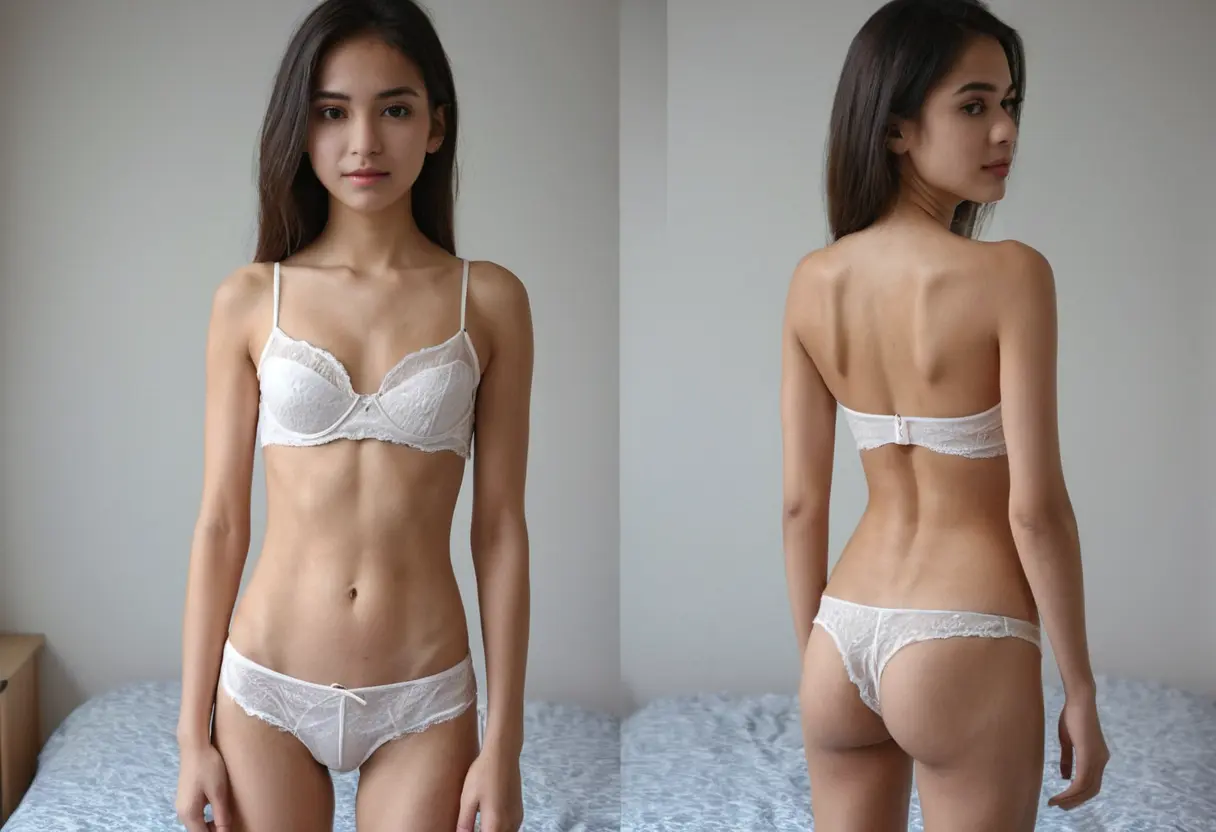
```html
Artificial Intelligence (AI) has emerged as one of the most transformative technologies in the fashion industry, especially in the realm of online shopping and virtual try-ons. By enhancing the online shopping experience, AI technology is not only making it easier for consumers to find clothing that suits their personal style, but it’s also offering innovative ways to engage with fashion brands. In this article, we will explore how AI is reshaping online fashion, focusing on virtual try-on solutions, personalized recommendations, and the broader impact on e-commerce platforms.
One of the most significant advancements in online shopping has been the introduction of virtual try-on technology, powered by AI. This technology allows shoppers to try clothes, shoes, and accessories virtually, using their digital avatars or by superimposing the items on their real-time images. By leveraging AI algorithms, retailers can now provide a realistic, interactive experience without customers having to physically try on the products.

The primary goal of virtual try-ons is to reduce uncertainty in online shopping, as customers often face challenges when purchasing apparel without physically seeing or trying them. Virtual try-on solutions use computer vision and augmented reality (AR) to map the user's body or face, providing a highly accurate representation of how a particular item will look on them. This creates a more immersive and enjoyable shopping experience that can boost customer confidence and decrease the likelihood of returns due to incorrect fit or style.

AI also plays a crucial role in personalizing the online shopping experience. Machine learning algorithms analyze vast amounts of consumer data, such as browsing history, past purchases, and even social media activity, to provide personalized fashion recommendations. These AI-driven recommendations help shoppers discover clothing items, accessories, and even entire outfits that match their unique tastes, preferences, and body types.

For example, online retailers like Amazon and Zalando use AI to curate individualized product suggestions, improving the chances of consumers finding exactly what they’re looking for. The more data these systems collect, the more accurate their recommendations become, fostering a tailored shopping experience that feels much more intuitive. As a result, consumers are more likely to make purchases, as they are presented with items that truly resonate with their style.
AI technology is also revolutionizing size prediction and fit. One of the biggest frustrations for online shoppers has always been choosing the right size, especially when sizing can vary greatly between brands and countries. AI-powered fit technology helps mitigate this issue by using deep learning algorithms to analyze a shopper's body measurements and past purchasing behavior to recommend the best size for them.
Some brands are taking this a step further by allowing users to upload their measurements or use smartphone cameras to create a digital profile. This profile can then be used to recommend the most accurate size across a wide range of fashion brands. By minimizing size discrepancies, AI helps consumers avoid the hassle of returns and exchanges, which are often caused by incorrect sizing.
AI is not only benefiting the consumer side of the fashion industry but also transforming how fashion brands and designers create new collections. AI-powered tools can analyze consumer preferences, social media trends, and even fashion shows to predict upcoming trends, colors, fabrics, and styles. By analyzing these vast amounts of data, designers can create collections that align with the demands of the market,https://www.undressaitool.com/ ensuring that they stay ahead of the curve.
Furthermore, AI can assist in the design process itself by offering insights on what shapes, cuts, and materials will resonate with specific consumer segments. With these tools, designers can optimize their designs to appeal to a broader audience while reducing the risk of creating pieces that fail to meet customer expectations.
The fashion industry is notorious for its environmental impact, but AI is helping to address some of these challenges. By using AI for supply chain management and demand forecasting, brands can significantly reduce waste and overproduction. AI helps companies predict demand more accurately, allowing them to produce only the quantities that are likely to be sold.
Additionally, AI can optimize the production process, ensuring that materials are used efficiently, reducing fabric waste, and even helping to create sustainable fashion. Brands like H&M and Adidas have already begun using AI to enhance sustainability efforts, promoting eco-friendly production and reducing their carbon footprints.
AI technology is fundamentally changing the way we shop for fashion online. From virtual try-ons to personalized recommendations and size prediction, the ways in which AI enhances the online shopping experience are vast and varied. As the technology continues to evolve, we can expect even more sophisticated and personalized shopping experiences, making online fashion shopping more enjoyable, efficient, and eco-friendly. Fashion brands and retailers who embrace AI-driven innovations are not only improving their offerings but also positioning themselves as leaders in the future of fashion retail.
In summary, AI technology is revolutionizing the fashion industry in ways that go beyond simple convenience. It is shaping how consumers interact with products, how designers create collections, and how brands meet the ever-growing demand for sustainable and personalized fashion. As these technologies continue to evolve, AI will undoubtedly play an even more prominent role in defining the future of online fashion.
```